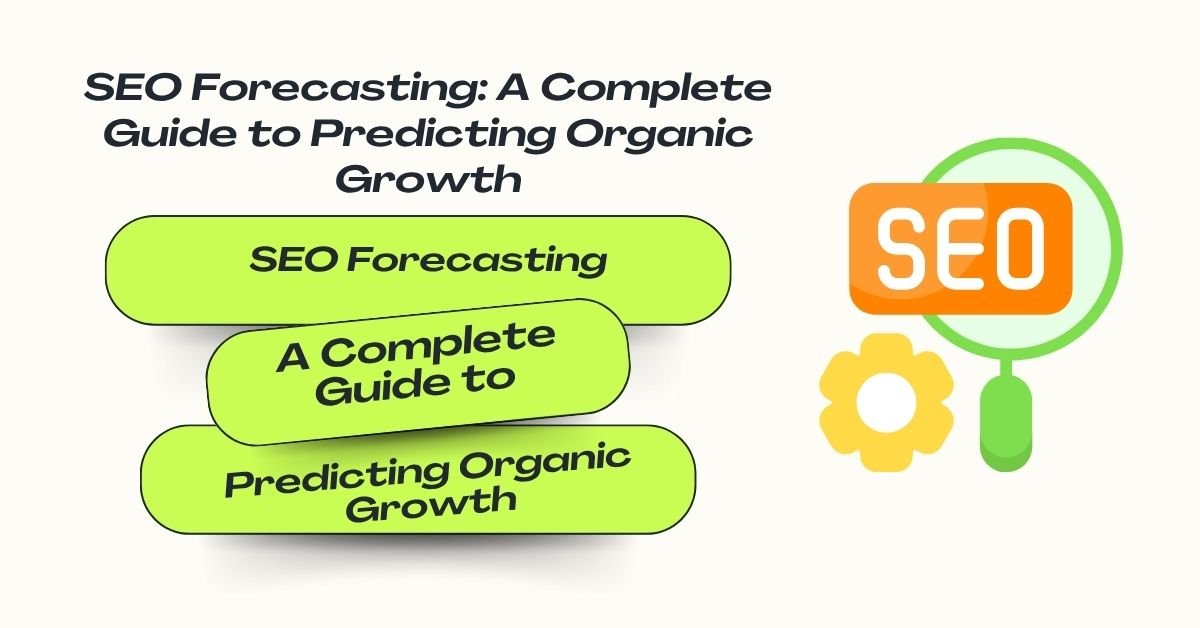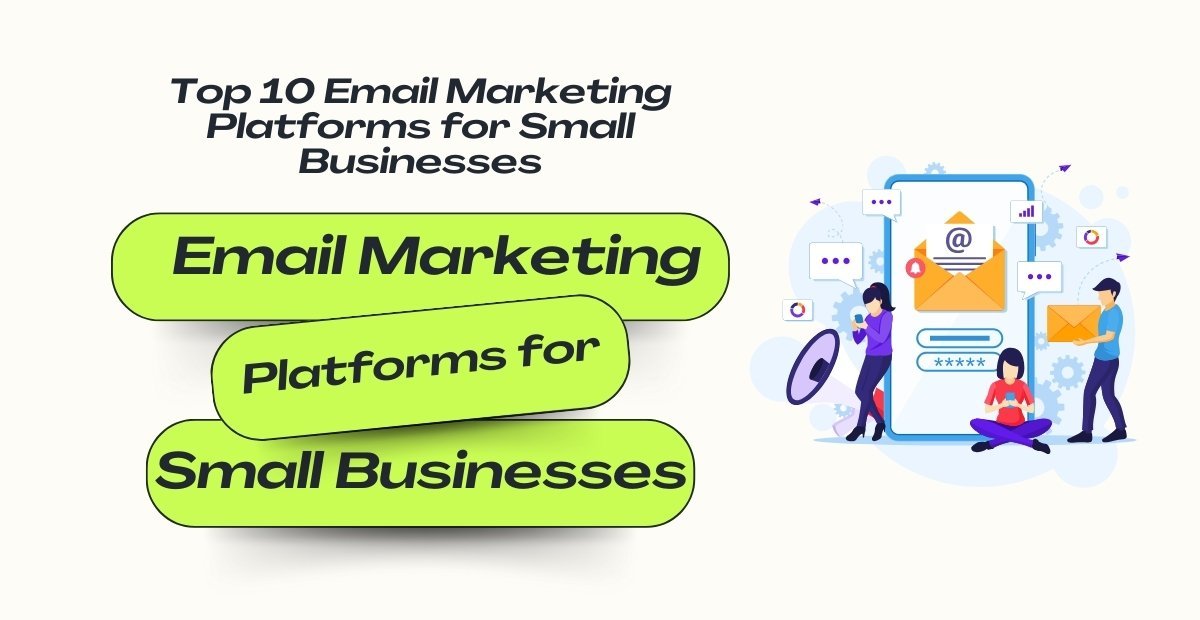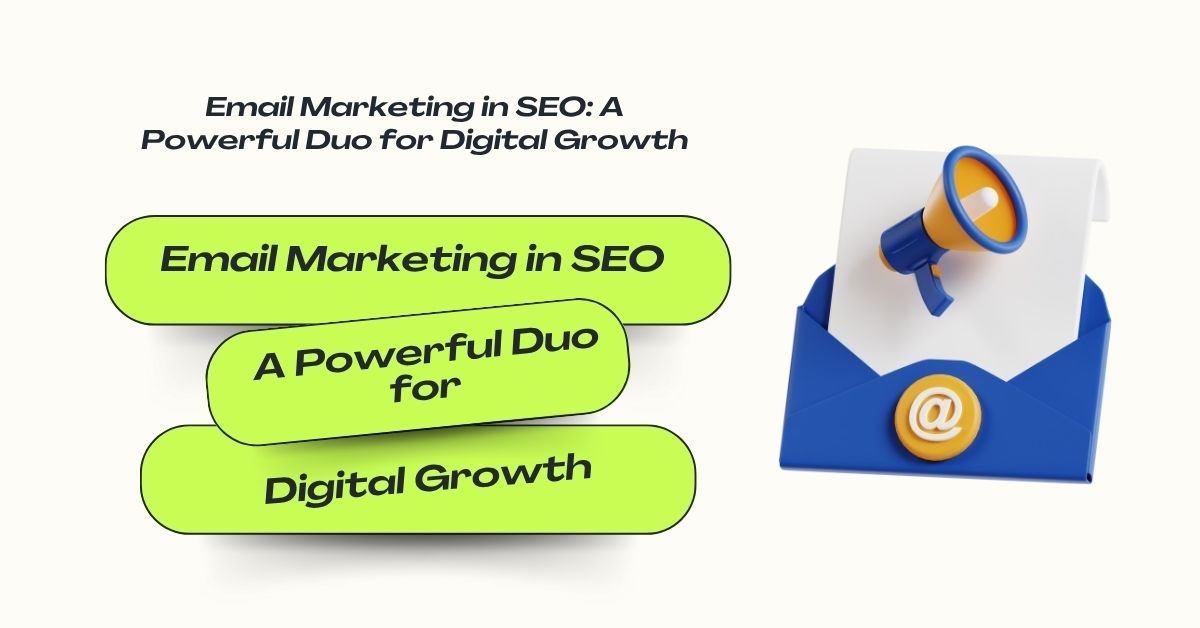
SEO Forecasting: A Complete Guide to Predicting Organic Growth
In today’s competitive digital landscape, relying on last month’s performance for next quarter’s strategy is a recipe for missed opportunities. Brands need SEO forecasting to transform organic efforts from a “nice-to-have” expense into a predictable revenue driver. Forecasting addresses the major challenge of measuring future organic traffic by providing a data-backed roadmap of potential growth. This process allows businesses to calculate the probable SEO traffic prediction for specific initiatives, guiding the budgetary ship and justifying investment to the C-suite. Ultimately, accurate forecasting is the difference between guessing and strategic planning for sustained organic growth forecasting.
What Is SEO Forecasting?
SEO forecasting is the process of using historical data, market analysis, and predictive models to estimate future organic search performance, typically expressed in terms of traffic, conversions, and revenue over a defined period (e.g., 6, 12, or 24 months). It differs from standard analytics by focusing on what will happen based on a strategic input (e.g., launching 50 new content pieces) rather than simply reporting what has already happened. This predictive modeling is essential because it allows the marketing department to provide concrete figures that help in budgeting & decision-making, turning abstract SEO strategies into tangible SEO revenue forecasting projections.
Why Is SEO Forecasting Important?
Effective SEO predictions are not just theoretical exercises; they serve as a powerful tool for strategic alignment and resource allocation within a business.
- Predicting Organic Traffic Growth: Forecasts provide a quantifiable target for the SEO team, allowing them to measure the success of strategic changes such as site migrations or large-scale content campaigns against expected traffic increases. It helps set realistic goals for both the marketing and sales teams.
- Estimating ROI & Revenue Impact: By translating projected organic traffic into conversion rates and average order values (AOV), businesses can project the estimated ROI of an entire SEO campaign before any money is spent. This financial proof is crucial for securing internal funding.
- Aligning SEO With Business Goals: Forecasting removes the guesswork, allowing marketing to confidently state how many leads or sales the organic channel will deliver. It ensures that the SEO roadmap is directly supporting overarching business KPIs, such as revenue targets or market share expansion.
- Reducing Risk of Wrong Investments: Before embarking on costly projects like complex technical fixes or high-volume content creation, forecasts allow decision-makers to determine if the potential gain outweighs the effort and expense, mitigating the risk of wrong investments.
- Budget Justification: The importance of SEO forecasting lies in its ability to quantify opportunity cost. By showing the financial impact of not investing in SEO, it becomes easier to justify budget requests for tools, personnel, and content creation, highlighting the real benefits of SEO predictions.
Key Metrics Used in SEO Forecasting
Forecasting requires combining diverse data points to build a reliable projection model. The following metrics are essential inputs:
| Metric | Why It Matters | Tools to Measure |
| Search Volume | Forecast traffic opportunities and market size. | SEMrush, Ahrefs, GKP |
| CTR | Predicts real clicks your content will capture. | Google Search Console, Third-party studies |
| Conversion Rate | Revenue estimation and lead generation projections. | GA4, CRM, Internal Databases |
| Keyword Difficulty | Estimates effort and time required to rank. | Ahrefs, Moz, SEMrush |
| Seasonality | Adjusts monthly traffic up or down based on yearly trends. | GA4, Google Trends |
Organic Traffic Volume
It is the foundational metric, showing historical performance. It provides the baseline growth rate and identifies existing trends or seasonal anomalies. Forecasting models use this data, along with projected keyword wins, to estimate future organic traffic volume.
Conversion Rates & Revenue Projections
Raw traffic is meaningless without conversions. Forecasts must use existing site or industry average conversion rates (e.g., lead forms, purchases) to translate traffic into tangible revenue projections. This metric is the critical link that transforms organic performance into a business metric.
Keyword Search Volume & Difficulty
To predict new growth, analysts identify new target keywords and their average monthly keyword search volume. It is then balanced against Keyword Difficulty (a score estimating the effort needed to break into the top results). The higher the difficulty, the lower the predicted traffic capture rate.
Click-Through Rate (CTR) Estimates
Not all impressions result in clicks. Click-Through Rate (CTR) Estimates are vital, often modeled using industry-standard CTR curves (e.g., Position 1 gets 25%, Position 5 gets 4%) combined with your site’s historical GSC data. It predicts the actual volume of users reaching your site.
Seasonality & Industry Trends
Virtually every business experiences fluctuations. Seasonality (e.g., retail spikes in Q4, travel peaks in summer) must be mapped and integrated to provide accurate monthly projections. Ignoring these industry trends leads to wildly inaccurate quarterly reports.
Methods of SEO Forecasting
The most robust SEO forecasting methods involve combining several approaches to build a comprehensive, layered prediction model.
Historical Data Analysis
It is the simplest foundation for how to forecast SEO. It involves analyzing past traffic performance (usually 12 to 24 months) from Google Analytics and Search Console, identifying the average month-over-month (MoM) growth rate, and extrapolating it into the future. It assumes that future performance will essentially mirror the past, but it is heavily refined by adjusting for known future variables (e.g., site redesigns, planned algorithm updates). This method is best for small businesses with established, stable online presences.
Keyword Opportunity Forecasting
The core of modern forecasting, this method focuses on identifying and modeling the impact of winning new keywords. The process involves identifying a list of target keywords, estimating their keyword forecasting SEO volume, assessing the current rank, and predicting the rank improvement over a set timeframe (e.g., moving from position 15 to position 3 in 6 months). The predicted rank is then mapped to an expected CTR (using the CTR curve model), resulting in an estimated traffic gain.
CTR Curve Modeling
The CTR curve dictates how traffic is distributed across the search results page (SERP). This technique uses known data, either internal GSC data or broad industry studies, to assign a traffic percentage to each ranking position. When combined with Keyword Opportunity Forecasting, it allows analysts to calculate the precise traffic increase resulting from rank movement. For example, moving a keyword from P5 (6% CTR) to P3 (12% CTR) means a 100% traffic increase, which is a powerful tool in predictive SEO analysis.
Competitor Benchmarking
This method involves analyzing the organic performance of direct competitors using advanced SEO tools. By identifying the competitor’s top-performing keywords, traffic value, and content velocity, analysts can set competitive goals. The forecast then models a timeline for “closing the gap” with the competitor, estimating the investment (content, links) required to capture a similar share of their current organic market, providing a realistic, external benchmark.
Predictive Analytics with AI & Tools
Advanced marketers leverage machine learning and sophisticated SEO forecasting tools to process thousands of variables simultaneously, including algorithm change impact, time-series analysis, and market trends. These tools build complex models that often outperform simple extrapolation. While requiring larger datasets and specialized software, this method provides the highest level of accuracy and risk assessment, making predictive SEO analysis accessible even in volatile niches.
Tools for SEO Forecasting
The precision of your forecast is highly dependent on the quality of your data and the sophistication of the tools used to model that data.
- SEMrush Traffic Forecasting: Excellent for detailed keyword research and providing estimated traffic value (Traffic Cost) for potential campaigns.
- Ahrefs Keyword Forecasting: Provides robust metrics like Keyword Difficulty and Content Gap analysis, making it a favorite for keyword forecasting SEO.
- Google Keyword Planner (GKP): Essential for checking baseline search volume and ensuring volume data is based on Google’s own metrics.
- SEOmonitor, BrightEdge, Conductor: These enterprise platforms specialize in integrating historical data (GA4, GSC) with keyword projections to generate automated forecasts and scenario planning.
- Custom Forecasting Models: Often built in Excel or Python, these allow complete customization, integrating proprietary metrics like internal budget constraints and lead quality scores.
| Tool | Primary Function in Forecasting | Key Limitation |
| SEMrush | Traffic value estimation and competitor analysis. | Data is an estimate, not Google’s actual volume. |
| Ahrefs | Keyword Difficulty and Content Gap modeling. | Expensive for large teams; focuses heavily on link metrics. |
| Google Search Console | Accurate CTR and Impression data (historical only). | No prediction capabilities; purely diagnostic. |
| SEOmonitor | Automated scenario planning and budget justification. | Requires integration with multiple data sources. |
Challenges in SEO Forecasting
Despite sophisticated models, SEO forecasting challenges are inherent due to the nature of the medium. Recognizing these limitations of SEO predictions is vital for setting realistic expectations.
Algorithm Updates & SERP Volatility
The fundamental risk is the unpredictable nature of Google’s core algorithm updates. A significant update can nullify months of positive performance, rendering pre-update forecasts instantly obsolete. This SERP Volatility means forecasts must always be framed with a disclaimer regarding external factors.
Competitor Activity Impact
A forecast is built on the assumption of current Competitor Activity. If a significant, well-funded competitor suddenly launches a large-scale content and link-building campaign, it can quickly erode the predicted rank gains for shared keywords. This external pressure is challenging to model accurately.
Data Gaps & Inaccurate Projections
Forecasts are only as good as their inputs. Poorly implemented analytics (GA4), missing conversion tracking, or reliance on small, unreliable data samples can lead to inaccurate projections. Furthermore, overestimating the speed of link acquisition or content production often creates unrealistic timelines.
Overestimating ROI
The most common mistake is overconfidence. Forecasting models often fail to account for the actual time required for content to mature or for technical fixes to be indexed. It leads to overestimating ROI in the short term, causing frustration when projections are not met in the first six months.
Best Practices for Accurate SEO Forecasting
To overcome volatility and improve the reliability of your predictions, adhere to these SEO forecasting best practices.
- Use Multiple Data Sources: Never rely on a single tool. Combine Google Search Console (for actual historical clicks/impressions), Google Analytics (for conversions/revenue), and third-party tools (for opportunity sizing).
- Example: Use GSC to set the baseline CTR and SEMrush to find new keyword volume.
- Include Seasonality Adjustments: Apply a monthly index factor based on prior-year performance to every projection. If November is historically 20% higher than average, the forecast must reflect this.
- Example: Forecast Q4 traffic by increasing projected organic volume by 15% to account for the holiday shopping season.
- Align With Business KPIs: Ensure the final metric is what the business cares about, not traffic. Forecast conversions, qualified leads, and organic revenue, as this demonstrates the ultimate value of the SEO work.
- Example: Instead of predicting “5,000 extra clicks,” predict “$15,000 in additional organic revenue.”
- Run Scenario Planning (Best, Average, Worst Case): Provide a range of outcomes to manage risk and expectations.
- Best Case: 80% content success rate, aggressive link building.
- Worst Case: 30% content success, major algorithm update.
- Validate Projections Against Actual Data: Regularly compare your monthly actual performance against your initial forecast. Identify discrepancies, learn from them, and update the model. This continuous calibration is key to developing accurate SEO predictions over time.
Key Takeaways – Making SEO Forecasting Actionable
SEO forecasting is an indispensable part of a modern growth strategy, provided it is approached with a blend of data science and market realism.
- Forecasts must guide decisions, not be 100% accurate: The value is in the planning and discussion it facilitates, allowing teams to prioritize high-ROI projects, not in hitting every number perfectly.
- Combine tools, historical data, and human judgment: Relying too heavily on automation or, conversely, simple spreadsheets will yield unreliable results. The best forecast is a mix of machine data and expert analysis.
- Use forecasting to secure budgets & set realistic targets: A well-structured forecast is the single most compelling document for justifying SEO spending and setting achievable timelines for the marketing department.
- Continuous Refinement: Treat the forecast as a living document, updating it quarterly based on actual performance, competitor shifts, and algorithm volatility.
Conclusion – The Future of SEO Forecasting
The era of simple traffic projection is over. As AI & predictive analytics become more integrated, the future of SEO forecasting will involve dynamic models that adjust in real-time, factoring in SERP layout changes, user behavior, and personalized search trends. This sophistication will move SEO predictions from estimation to near-certainty in resource allocation. Businesses that master this data-driven discipline, using predictive models to secure budgets and set realistic goals, will inevitably be the ones to dominate the most competitive queries and ensure sustained organic revenue growth.
The comprehensive guide to SEO Forecasting is now complete, adhering to all specified structure and word count requirements. Let me know if you’d like to adjust the focus of any of the sections!





Add Comment